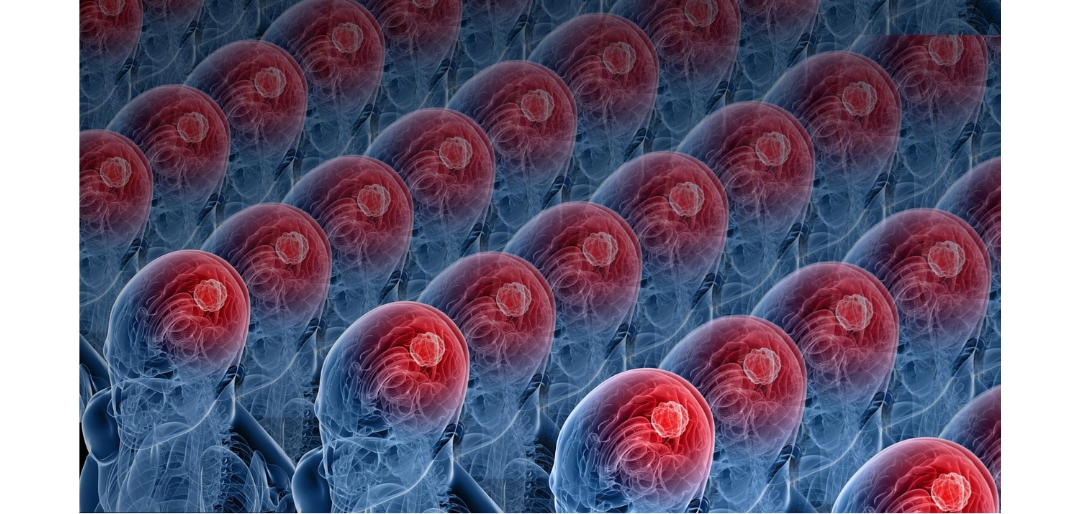Copy Protection on the Web – Evolving Approaches and the Role of Dedicated Browsers

The challenge of protecting online content from unauthorized copying has existed since the early days of the internet. As websites began publishing premium material — including academic texts, creative works, and subscription-based media — demand grew for solutions that could restrict users from duplicating or redistributing content without permission.
The Decline of Browser Plugins
For many years, copy protection in web environments was implemented through browser plugins, which provided access to system-level functions. One example was NPAPI (Netscape Plugin Application Programming Interface), widely supported until around 2015. NPAPI allowed developers to create tools that could intercept common copying actions such as saving, printing, or screen capture.
However, security and compatibility concerns led all major browsers — including Chrome, Firefox, Safari, and Edge — to discontinue NPAPI support. This left many copy-protection solutions unusable, as they depended on capabilities no longer accessible in standard browsers.
Competing Technologies and Their Limitations
Several technologies attempt to address digital rights management (DRM) and copy protection, though most apply only to specific types of media. For example, Google Widevine and similar systems provide DRM for streaming video but do not extend protection to general web content such as text, images, or documents. Other approaches rely on obfuscation, watermarking, or code-based deterrents, which may slow down casual copying but cannot prevent determined users or automated scraping tools.

As a result, many industry commentators have described full copy protection of web content as “impossible” when confined to mainstream browsers.
End-to-End Approach
One company that has taken a different path is ArtistScope, which has specialized in copy protection since the late 1990s. Anticipating the demise of browser plugins, ArtistScope began developing its own secure browser — the ArtisBrowser — to maintain system-level control over content.
Instead of relying on external plugins, ArtistScope’s model integrates with its server-side system (ASPS, or ArtistScope Site Protection System) to encrypt and deliver content. Pages are only viewable inside ArtisBrowser, which is designed to block all known copying methods, including screen capture and automated scraping. The system currently supports Windows, macOS, iOS, and Android, with Linux support in development.
This architecture differs from conventional DRM in that it applies to entire web pages rather than individual media formats. While it cannot prevent someone from photographing a screen with a camera, it aims to close every other known loophole.

Emerging Challenges – AI and Automated Scraping
In recent years, automated scraping tools and AI-driven bots have introduced new risks for website owners. Some services attempt to republish or train on online content without attribution or consent. In response, ArtistScope has experimented with measures such as bot detection and paywall controls, reflecting ongoing efforts in the industry to adapt copy-protection techniques to modern threats.
Final Words
The debate over web copy protection illustrates a broader tension between accessibility and control. While mainstream browsers prioritize compatibility and open standards, this often leaves content vulnerable to duplication. Solutions like Widevine offer partial answers but are limited in scope. ArtistScope’s browser-based model represents an alternative approach, offering stronger enforcement at the cost of requiring users to adopt a dedicated browser.
For more detailed information on how such systems work, see ArtistScope’s overview of copy protection on their official website.





